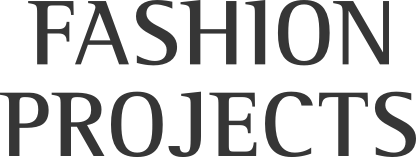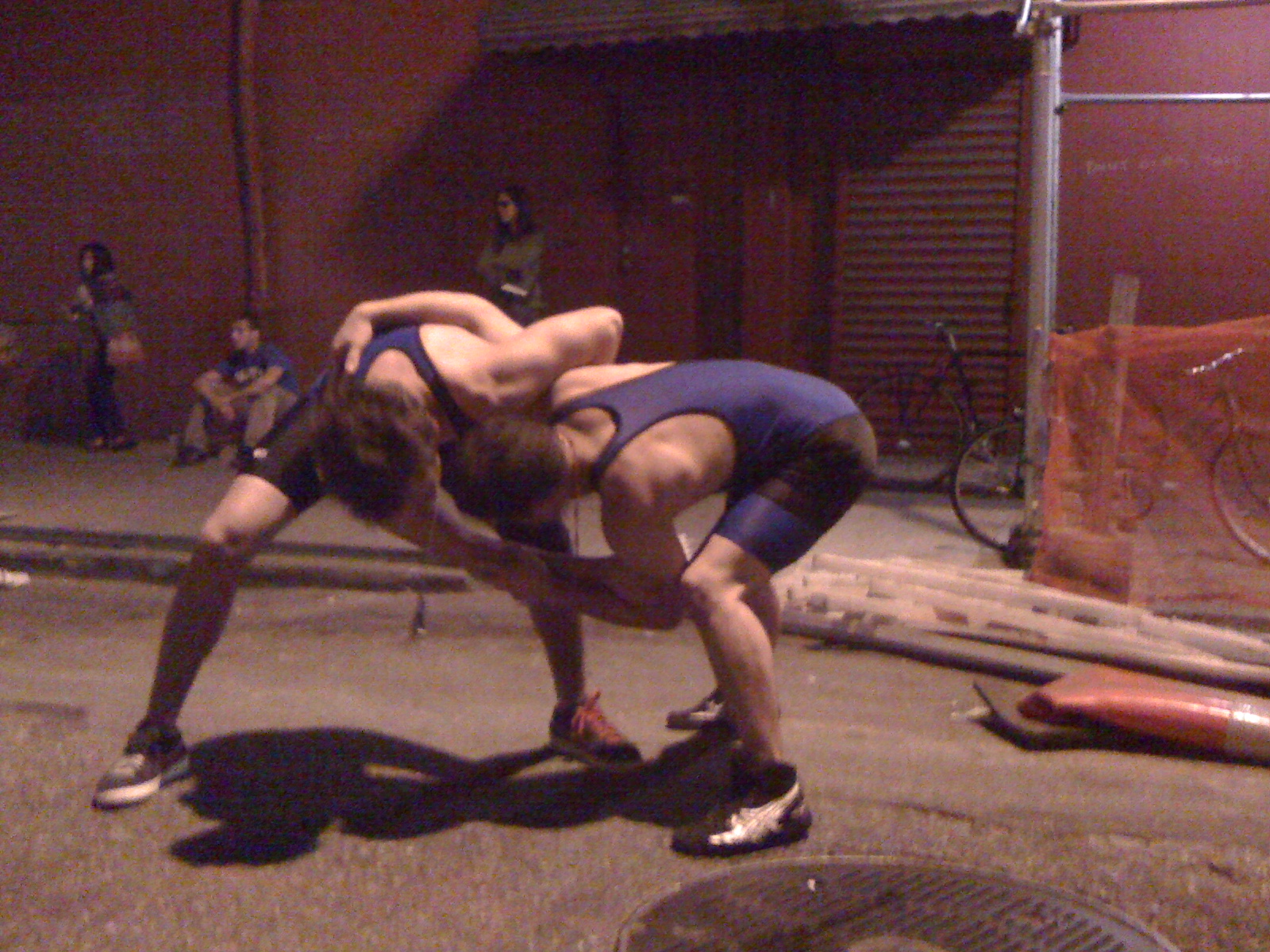IXEL MODA 2010: A Sustainable Fashion Conference in Cartagena, Colombia
/Work by the Colombian Slow Fashion Designer Juliana Correa of ONA
I was recently invited to speak at IXEL MODA—a conference on Latin American fashion that takes place each year in Cartagena, Colombia and was co-funded by Erika Rohenes Weber and Danilo Cañizares.
The conference had both an academic and a business and development component. The academic side of the conference, which was organized by the Latin American fashion scholar Regina Root, focused on the theme of sustainability—a particularly interesting theme in the context of Colombia’s ongoing environmental and social problems.
Departing from her historical studies in Argentinean fashion, which were discussed in her recent book Couture and Consensus, Root discussed the need for inclusiveness in developing the country’s fashion system. Marsha Dickson, who is also U.S.-based, spoke about ethical fashion and social responsibility and the phenomenon of Fair Trade, as well as the difficulty of defining the terms. Arturo Tejada spoke on the importance of fashion education in the promotion of sustainability within the fashion industries. Kathia Castilho, from the Universidade Anhembi Morumbi as well as the editor of the Brazilian fashion journal dObra[s] spoke on fashion and language, while I spoke on the phenomenon of slow fashion, tying it to earlier experimental fashion movements and, in particular, deconstruction fashion.
Also of interest were presentations by Laura Novik, who spoke on sustainability and slow fashion in the context of Chilean fashion, which she promotes through her organization Raizdiseno, as well as the Brazilian journalist and academic Carol Garcia, who traced the tension between globalization and authenticity by following the permutation of Latin American symbols historically and cross-culturally. Garcia wrote a book on the topic titled “Moda Brasil: Fragmentos de um Vestir Tropical” (Fashion Brazil: Fragments of a Tropical Way of Dressing), San Paulo: Anhembi Morumbi Editor, 2001, which unfortunately has not yet being translated into English.
Work by the Colombian Slow Fashion Designer Juliana Correa of ONA
The event also showcased Colombian designers, some of whom fall within the slow fashion movement. Of particular relevance is the work of Alfonso Mendoza, whose jewelry is based on the region’s Afro-Caribbean heritage and includes local artisanal craft and fibers, as well as the experimental work of slow fashion designer Juliana Correa of ONA.
Another aspect of the conference discussed the need for a greater development of Colombian fashion both as actual industry and image industry and included a number of government officials, particularly ones connected to Inexmoda the Colombian Institute for exports and fashion. The intermingling of business and government officials alongside academic discussions made for interesting exchanges of ideas across what is generally an often strict divide based on—at least, in this case—the false assumption that the former might not be interested in academic discourse.
Francesca Granata

















